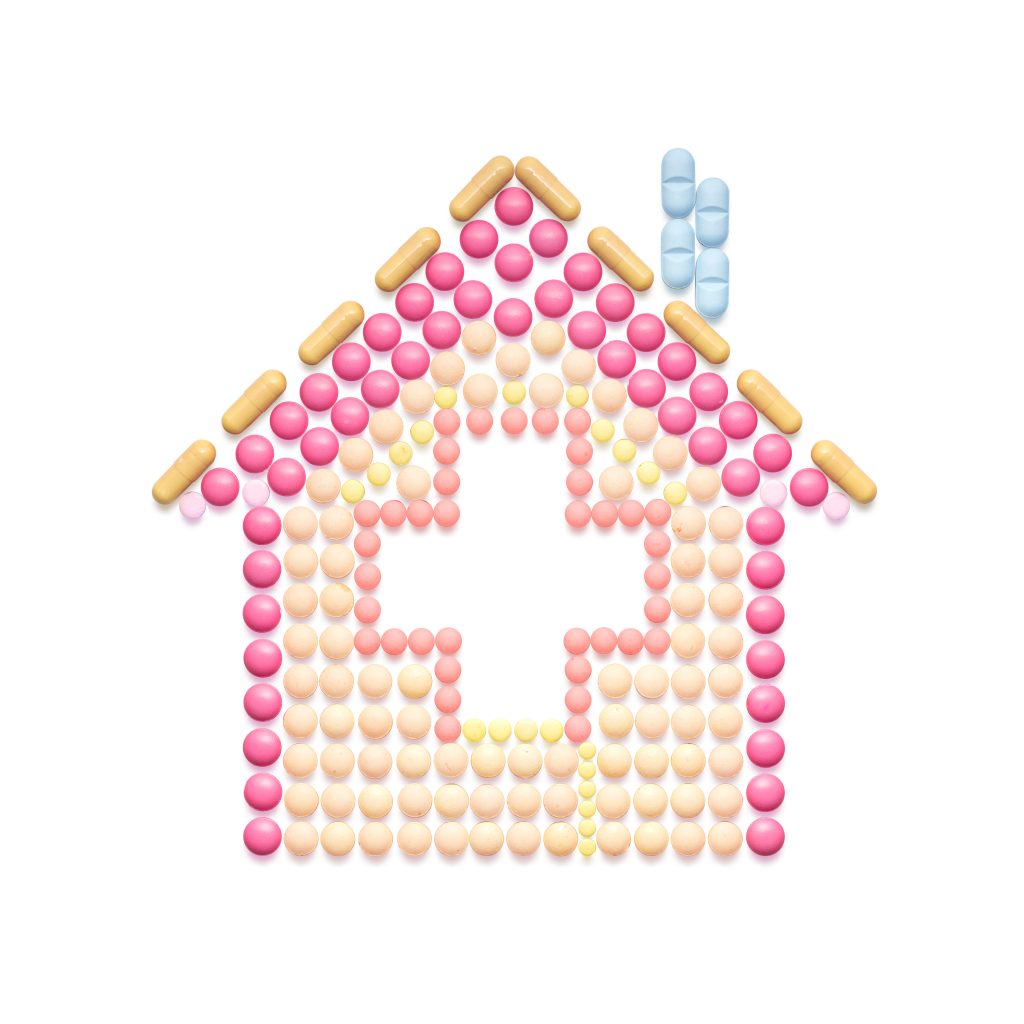Opioid overdose and addiction is an ever-growing issue in the United States. Its effects are widespread, and no community or demographic has been spared of the consequences of prescription drug abuse, which has led to the rise of the opioid epidemic in the country.
A national survey on drug use and health conducted by SAMHSA revealed that approximately 30.5 million Americans use illicit drugs at least once per month. That figure represents about 11.2% of the entire population.
Of those, at least 3.2 million reported misusing prescription pain medication, while 2.1 million reported suffering from opioid misuse disorder.
Sadly, a significant number of individuals struggling with opioid dependence never receive proper treatment. This is partly attributed to the way addiction is viewed in the country- as a moral failure.
Only a few individuals are willing to confront it for what it is and help victims. The truth is that drug addiction is similar to any other chronic illness and requires both skill and compassion to treat.
Many patients have overcome their opioid addiction disorder through medication-assisted treatment (MAT), mostly offered in a suboxone clinic.
MAT is a unique combination of FDA-approved medication and behavioral therapy to treat drug addiction. Combining MAT with Suboxone has been lauded as one of the most effective ways of treating opioid use disorder.
But what exactly is suboxone treatment, and how can you know if it is the right option for you?
Read on to find out everything you need to know about a suboxone clinic and how it can help you return to normal life.
What Is Suboxone?
Suboxone is a unique combination of two substances, namely naloxone and buprenorphine. This combination is used to treat opioid addiction disorder and opioid dependency.
Buprenorphine is used as a partial opioid agonist to activate the opioid receptors in your brain. Unlike full agonists, its effect is less profound and is commonly referred to as a “ceiling effect.”
An increased dose of the drug doesn’t generate optimum effects like other opioids. Although buprenorphine itself is an opioid, the ceiling effect allows a patient dependent on opioids to use it without experiencing withdrawal symptoms.

Naloxone belongs to a group of medications known as “opioid antagonists.” The drug usually binds itself to the brain’s opioid receptors, preventing the production of dopamine, which is the hallmark of opioid abuse.
Naloxone is the main ingredient of Narcan, a drug usually administered to resuscitate individuals experiencing the effects of opioid overdose.
How Does Suboxone Treatment Work?
When a patient takes street opioids or pain pills, the drug attaches itself to the opioid receptors in the brain. When the receptors are fully occupied, the brain’s overall perception of pain is significantly reduced.
Suboxone drugs partially fill the same receptors. When this happens, patients no longer feel the same euphoria they would have felt with street drugs or pain pills. However, suboxone drugs satisfy the opioid receptors and help to curb opioid cravings while stopping withdrawal symptoms.
Suboxone treatment involves taking a daily dose of Suboxone instead of the street opioid or prescription pain pills. The medication follows four steps, namely:
i. Initial induction
During induction, your healthcare provider at a suboxone clinic will monitor your withdrawal and may use buprenorphine or naloxone to manage your symptoms.
Your doctor will also conduct a comprehensive review of your medical history and perform an examination to help him/her prescribe the right dose of Suboxone.
ii. Stabilization phase
The stabilization phase starts once the right dose is determined. During this stage, your doctor will be more focused on examining the underlying cause of your addiction without worrying about the physical symptoms.
You will also be required to start counseling and accept support services. Many patients stop abusing street opioids during this phase.
iii. Maintenance phase
If you can maintain the recommended treatment, you enter the maintenance phase where you continue to take the prescribed dose of Suboxone. You will start to regain your lifestyle slowly but steadily. With a proper support system in place, you will overcome addiction in no time.
iv. Taper phase
If everything works according to plan, you will enter the taper phase. During this phase, you will work closely with your doctor to lower the required dose of Suboxone until you no longer take the medication.
It can take up to two years for you to reach this phase. Once you have tapered off the medication, your treatment is considered complete, and you are free to resume your daily routine.
In addition to the prescription medication, behavioral therapy is also administered as a critical component of the treatment. Counselors will be assigned to you based on your individual needs.
The experts will work closely with you to address underlying emotional and psychological issues contributing to opioid addiction.
So, What Is a Suboxone Clinic?
A Suboxone clinic is simply a medication-assisted treatment center. These clinics serve as outpatient drug addiction rehabilitation centers that combine prescription medication and behavioral therapy to treat opioid misuse disorder.
Suboxone doctors prescribe buprenorphine and naloxone-based prescriptions to prevent relapse. The combination of prescription medications and behavioral therapy helps patients to go back to living a healthy life.
Is Suboxone Treatment the Right Option for Me?
Before you start looking for the best Suboxone clinic near you, you need to be sure that it is the right option for you.
The truth is that MAT with Suboxone is highly effective for individuals struggling with opioid addiction. Therefore, if you have been diagnosed with opioid use disorder, you are likely a good candidate for this treatment.
Suboxone treatment is designed to replace pain pills and other street opioids by FDA-approved medications prescribed by a qualified medical doctor. Since these medications only partially fill the opioid receptors in your brain, you don’t continue to develop tolerance.
The main concern is whether the patient is fully committed to the treatment. It does not matter the kind of treatment you choose. If you are not open to the idea of full recovery, it won’t work.

Opioid addiction treatment experts understand that there is always some reluctance to give up street opioids and pain pills that stimulate the brain. There will always be some hesitation at the start, but things will fall into place as long as you are committed to recovery.
Therefore, before you walk into a Suboxone clinic, make sure you are fully committed to the course. You should also be aware of the other MAT options so that you make an informed decision.
You must be willing to follow through with your doctor’s recommended schedule of visits and stick to your dose. The visits may be frequent during the first few months. Don’t start treatment and skip on some checkups. It won’t help you.
What Else Do I Need to Know Before I Visit a Suboxone Clinic?
Perhaps, the most important thing you need to know before you start your Suboxone treatment for opioid addiction is that you should not be drinking alcohol or taking other benzodiazepines.
If you combine these substances with naloxone or buprenorphine, it can seriously depress your central nervous system and respiratory function.
If you have significant psychiatric or emotional diagnoses that require you to remain on benzodiazepines, then you need to discuss with your doctor the safest way to proceed with the treatment.
Once you begin your treatment, make sure you monitor any adverse reactions closely and inform your doctor. The best thing is to think carefully and consider all options before deciding whether Suboxone treatment is the right option for you.
Find a Suboxone Near You Today and Embrace Your Road to Recovery!
At the Community Counseling Institute, we provide you with an easy way to find Suboxone treatment services near you. Our primary objective is to offer you the psychological and medical support you need to recover from addiction.
We don’t use a waiting list, and you can get into our Suboxone treatment programs right after assessment. Contact us today to discover a Suboxone clinic near you!



